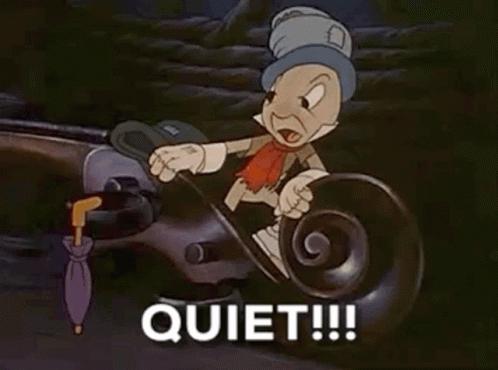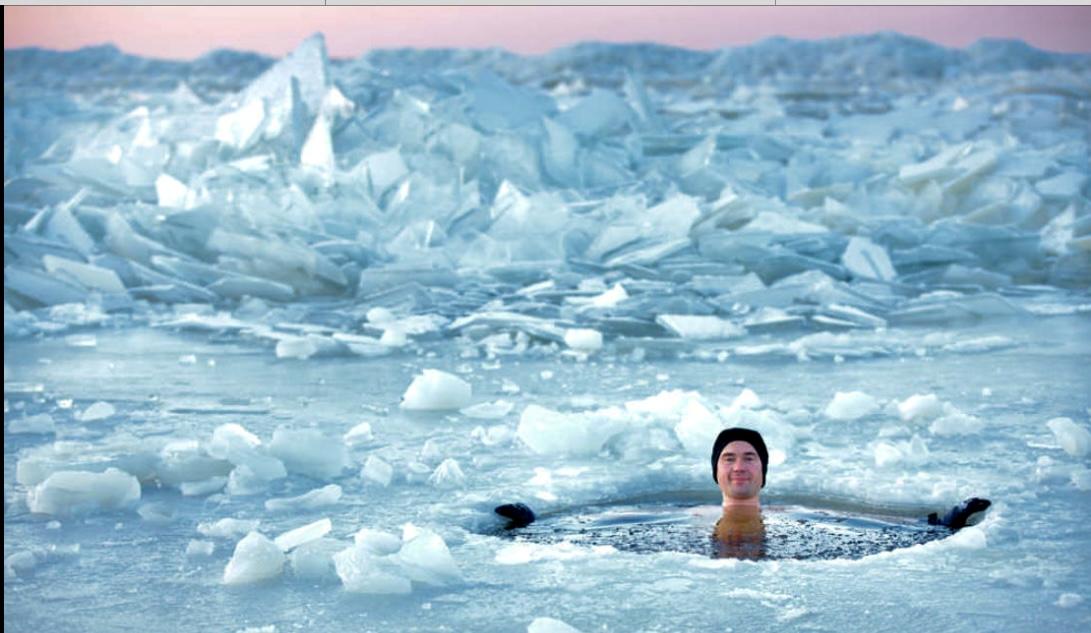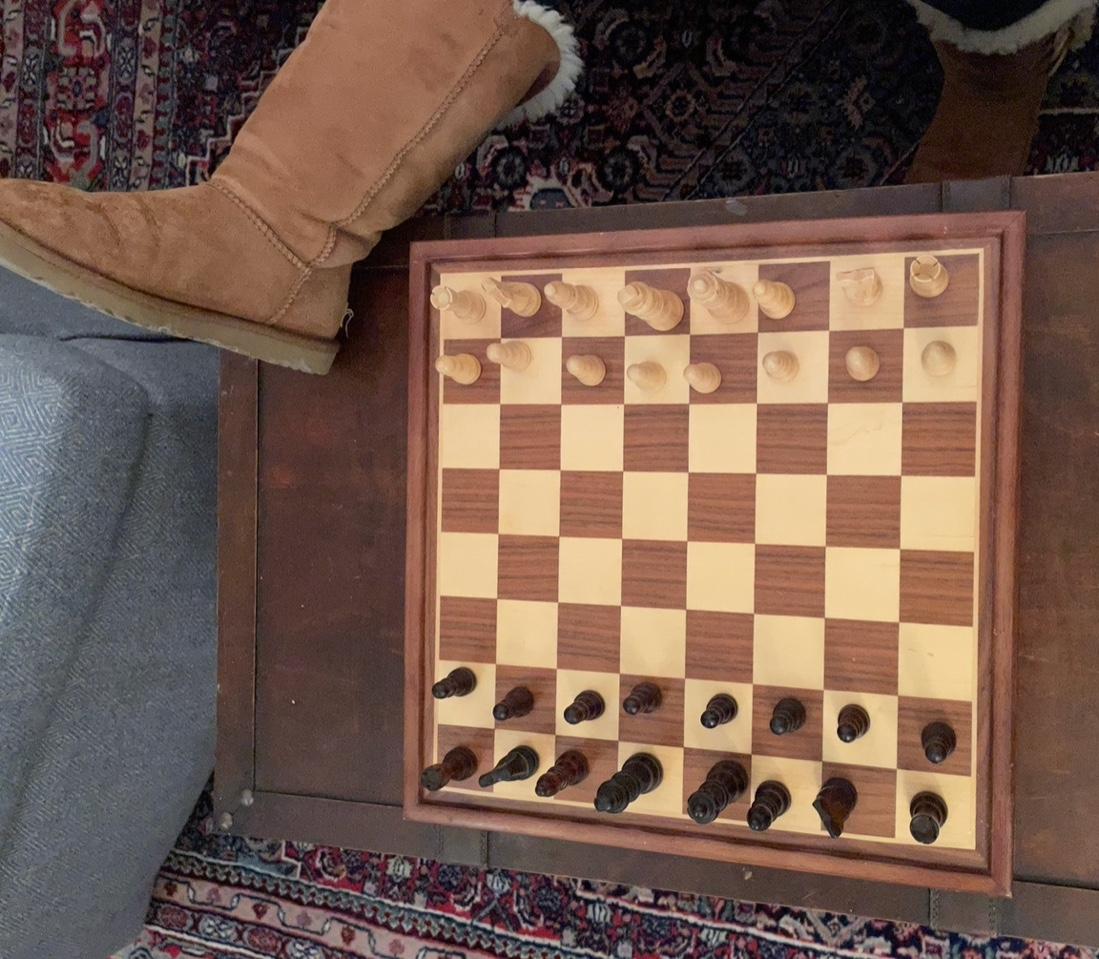That’s me, peeking out from the back row. The year was 1966, I was a freshman at Wesleyan University, and I had just pledged a fraternity. All those other guys in the photo were my new brothers.
 That photograph was taken almost fifty-six years ago. I’m counting because recently my class celebrated its 50th reunion. For Covid reasons, that reunion had to be postponed twice so our 50th was actually our 52nd, but what’s the difference? Let’s just say my freshman year at college was a long time ago.
That photograph was taken almost fifty-six years ago. I’m counting because recently my class celebrated its 50th reunion. For Covid reasons, that reunion had to be postponed twice so our 50th was actually our 52nd, but what’s the difference? Let’s just say my freshman year at college was a long time ago.
For a variety of reasons, I chose not to attend the reunion, whichever number it was. But some of my friends did and they all reported it was a very positive experience: the fickle New England weather cooperated, the campus was thriving, and it was fun and meaningful to reconnect with old friends. I was glad to hear their stories, but I didn’t regret my decision. It’s hard to go back in time.
Our college years weren’t easy. That’s an understatement. We might not have known it at the time, but we were a generation on the cusp of significant cultural change. The war in Viet Nam was always lurking in the background. (In my senior year, I vividly remember watching the first draft lottery on television, a life-defining moment for many of my friends and classmates.) At the same time, race relations were being radically redefined. Drugs, largely absent from the scene when we were freshmen, were everywhere by the time we were seniors. Wesleyan, an all-male institution, was about to admit its first co-educational class, another transformation with profound consequences. (For the record, I was delighted with the prospect of coeducation; I only wish it had come sooner!) All the elements of a revolutionary counter-culture were coming at us hard and fast, and I often felt unhinged by the all choices I had to make. Even now, fifty-six years later, I have no wish to relive even one moment of all that almost overwhelming angst.
After graduation, I fled. Within a few months, I was a Peace Corps Volunteer on my way to a village in Tunisia. I guess I needed to find a little breathing room, some space to regain my equilibrium. Seen in that light, my decision to join the Peace Corps was more selfish than altruistic, but I’ve made my peace with that. Perspective helps.
Now, when I look at the faces in the image that accompanies this Musing, I see a sea of innocent faces. If we had had the presence of mind to recreate that image four years later, I know I would see that innocence gone, lost forever. That’s not supposed to be the result of one’s college experience, but sadly for me, it was. Don’t get me wrong: I still cherish many of those fraternity brothers and friends, but nevertheless, I rue the things we lost along the way.
Youth, once lost, can never be found again. I think I’ve remained reasonably young at heart, and my educational choices and friendships have certainly informed the way I’ve lived, worked, and loved in the decades that have flowed under the bridge since that photo was snapped long ago. But, as in any black-and-white image, there are shadows, and sometimes, I still feel like I’m peeking out at this brave, new world from the back row.
I’ll be right back.
Jamie Kirkpatrick is a writer and photographer who lives in Chestertown. His work has appeared in the Washington Post, the Baltimore Sun, the Philadelphia Inquirer, the Pittsburgh Post-Gazette, the Washington College Alumni Magazine, and American Cowboy Magazine.
Two collections of his essays (“Musing Right Along” and “I’ll Be Right Back”) are available on Amazon. Jamie’s website is www.musingjamie.net.










